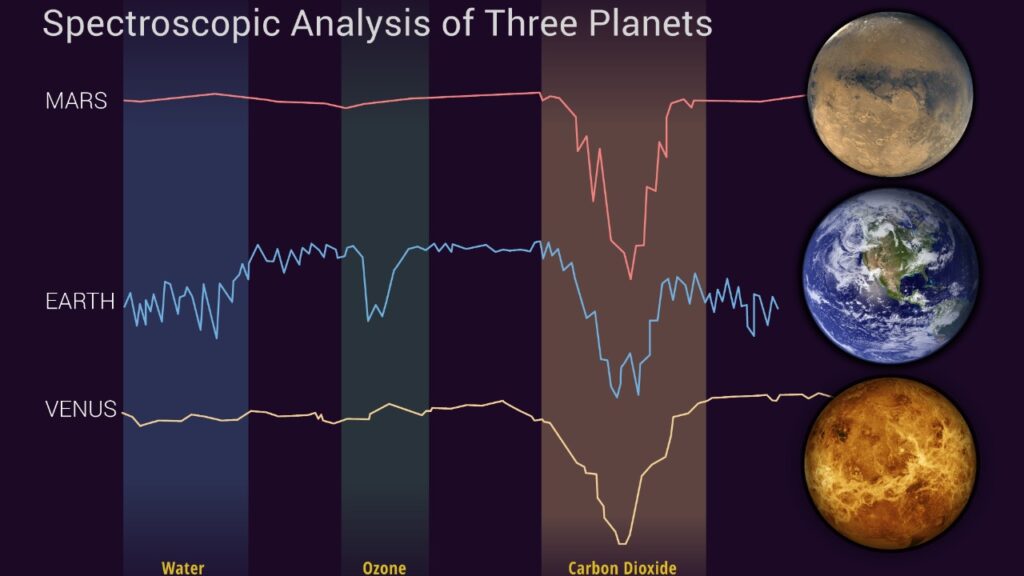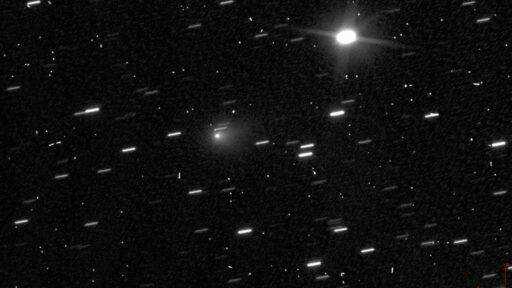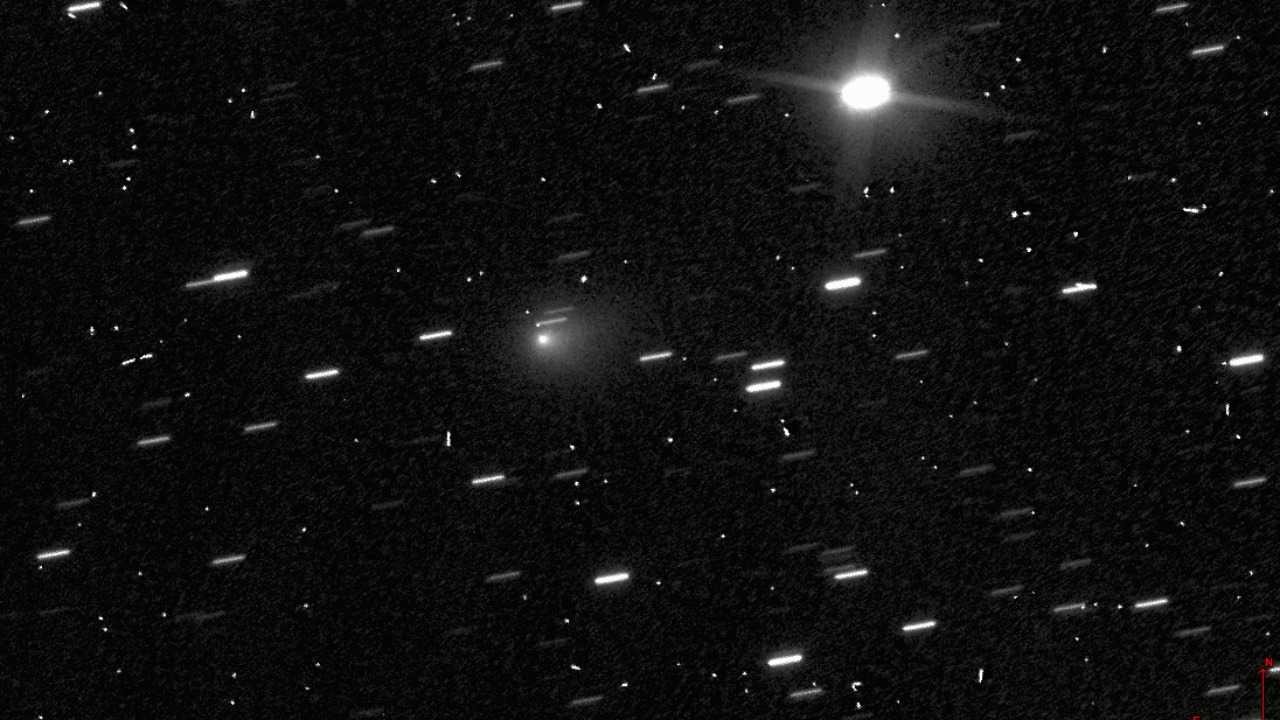The interstellar comet 3I/ATLAS has captivated astronomers and the public alike with its peculiar characteristics and trajectory, sparking debates about its true nature. While some, like astrophysicist Avi Loeb, suggest it might be more than a mere comet, the scientific consensus remains firm that 3I/ATLAS is indeed a natural object. Despite the viral spread of speculative images depicting it as an alien spacecraft, experts emphasize that its oddities are consistent with natural interstellar phenomena rather than extraterrestrial technology.
Discovery of 3I/ATLAS

The discovery of 3I/ATLAS marked a significant milestone in our understanding of interstellar objects. Initially detected as an object originating from beyond our solar system, its path and speed were key indicators of its extraterrestrial origin. Early observations revealed a comet-like tail and composition, leading to its classification as a comet rather than an asteroid or probe. The naming convention, 3I/ATLAS, reflects its status as the third interstellar object identified, with the ATLAS survey playing a crucial role in its detection. This survey is instrumental in spotting such interstellar travelers, highlighting the importance of continuous monitoring of our cosmic neighborhood.
Unusual Features Making It Look Odd

3I/ATLAS’s irregular shape and brightness variations contribute to its “weird” visual profile, as captured in telescope images and data. These features have fueled speculation about its nature, but they are not entirely unexpected for an object traveling through interstellar space. The comet’s non-standard outgassing behavior, which differs from typical solar system comets, initially added to the perception of its oddity. However, these traits, such as asymmetric coma development, align with natural interstellar dynamics rather than artificial design, as noted in a ScienceAlert report.
Scientific Consensus: It’s a Comet, Not Aliens

Spectroscopic analysis has confirmed that 3I/ATLAS possesses an icy, volatile composition consistent with a comet, effectively debunking theories that it might be an alien probe. The New Scientist highlights that its orbital mechanics data show a hyperbolic trajectory typical of interstellar objects, with no signs of propulsion. Astrophysicists, including those from Northeastern University, affirm that despite its peculiarities, 3I/ATLAS is definitively a natural comet. This consensus underscores the importance of distinguishing between natural and artificial phenomena in our quest to understand the universe.
Avi Loeb’s Perspective on Potential Anomalies

Despite the prevailing scientific consensus, Avi Loeb presents an alternative perspective, arguing that certain anomalies in 3I/ATLAS’s behavior warrant further investigation. Loeb points to the object’s lack of typical fragmentation and its intact structure as reasons to consider non-natural explanations. He emphasizes the need to explore these anomalies without immediately attributing them to alien technology. This view, detailed in an IBTimes article, encourages continued study of interstellar visitors like 3I/ATLAS, highlighting the value of diverse scientific perspectives in advancing our understanding of cosmic phenomena.
Debunking Alien Speculation and Viral Misinformation

The emergence of leaked renders visualizing 3I/ATLAS as an alien spaceship has contributed to widespread misinformation. These images misrepresent data from legitimate observations, ignoring evidence of cometary activity. Experts stress that while 3I/ATLAS looks odd due to the effects of interstellar travel, it poses no alien threat. Instead, its study advances our understanding of cosmic wanderers, reinforcing the importance of relying on scientific evidence over speculative imagery. This case serves as a reminder of the need for critical evaluation of information in the digital age, where viral content can easily overshadow scientific facts.







